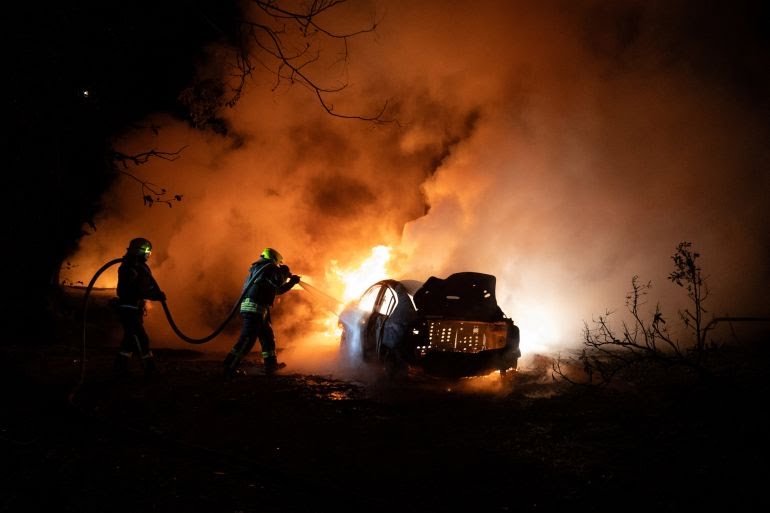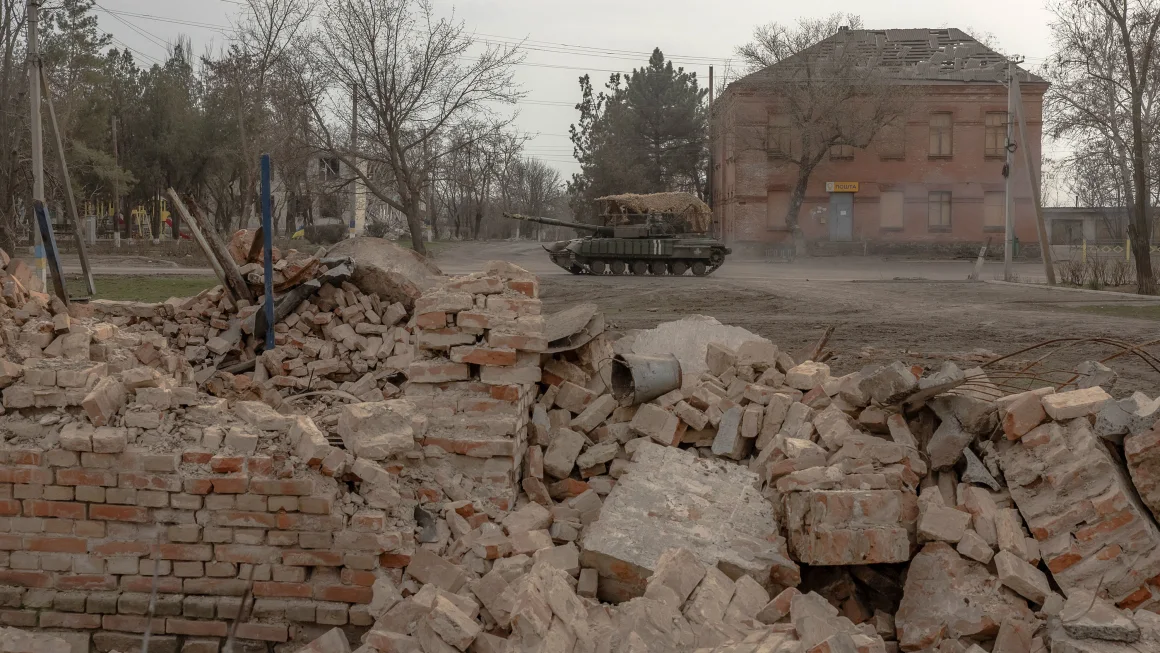Russia has launched 479 drones against Ukraine in what Ukrainian officials describe as the largest overnight drone bombardment since the war began over three years ago. The unprecedented scale of the assault, confirmed by Ukraine’s air force on June 9, underscores an intensification in Moscow’s aerial strategy amid ongoing conflict and stalled peace negotiations.
The drone attack occurred overnight on June 8, targeting several Ukrainian cities including Kharkiv, Dnipro, and the capital Kyiv. Ukrainian officials said that air defense systems were able to intercept a majority of the drones, but some managed to breach defenses, causing significant damage to infrastructure and sparking widespread fires in residential areas.
According to the Ukrainian Air Force, the drones used in the attack were primarily Iranian-made Shahed models, which Russia has deployed extensively throughout the war. Footage from Kharkiv showed emergency responders extinguishing fires from damaged vehicles, with smoke and flames engulfing parts of the city following direct hits.
“This was a calculated escalation by Russia, designed to overwhelm our air defense systems,” said Ukrainian Air Force spokesman Yurii Ihnat in a press briefing. “Our units responded with maximum effectiveness, but the volume of drones was historically high.”
The attack came just days before a planned prisoner-of-war exchange between Ukraine and Russia, raising questions about Moscow’s intentions and the potential for renewed diplomatic engagement. Some Ukrainian analysts speculate that the timing of the assault may be intended to exert pressure on Kyiv ahead of the talks.
In response to the drone barrage, Ukrainian President Volodymyr Zelenskyy reaffirmed his country’s resilience and urged Western allies to accelerate military support. “Ukraine will not be broken by intimidation,” Zelenskyy stated on social media. “We need more air defense systems, and we need them now.”
Casualty reports remain preliminary. Ukrainian emergency services confirmed that at least 17 people were injured across five regions, with two reported to be in critical condition. Damage to critical infrastructure, including power lines, water systems, and transport hubs, has also been reported, though exact assessments are still underway.
Military experts have pointed to Russia’s increasing reliance on drone warfare as a cost-effective method of sustaining pressure on Ukraine while conserving missile stockpiles. The use of unmanned aerial vehicles (UAVs) in such large numbers is a shift in tactics that analysts say poses new challenges for Ukrainian defense capabilities.
Colonel Oleksiy Melnyk, a military analyst at the Razumkov Centre in Kyiv, noted, “This kind of saturation attack aims to stretch defensive coverage and create gaps. Ukraine’s success in intercepting most of them is commendable, but sustainability is a concern.”
Meanwhile, international reactions to the attack have been swift. The United States, Germany, and the United Kingdom all condemned the drone assault, with calls for expedited delivery of pledged air defense systems to Ukraine. NATO Secretary-General Jens Stoltenberg described the attack as “a flagrant escalation that demands a collective response.”
The incident also comes as international pressure grows on Russia to engage seriously in negotiations. A planned Swiss-hosted peace summit next month is expected to bring together a number of neutral and allied states to push for a cessation of hostilities.
Ukraine’s defense ministry has called for a review of global drone export controls, citing the role of Iranian technology in the attack. Iran continues to deny supplying drones for offensive use, a claim Kyiv and Western intelligence agencies reject.
Despite the setback, Ukrainian officials remain firm in their defense posture. “We will respond to aggression with strength and coordination,” said Defense Minister Rustem Umerov. “This war will not be won by drones.”
As recovery efforts continue, the government has deployed additional emergency teams to affected regions and reiterated its appeal for international support in strengthening the country’s aerial defense capabilities.
Source: Al Jazeera



